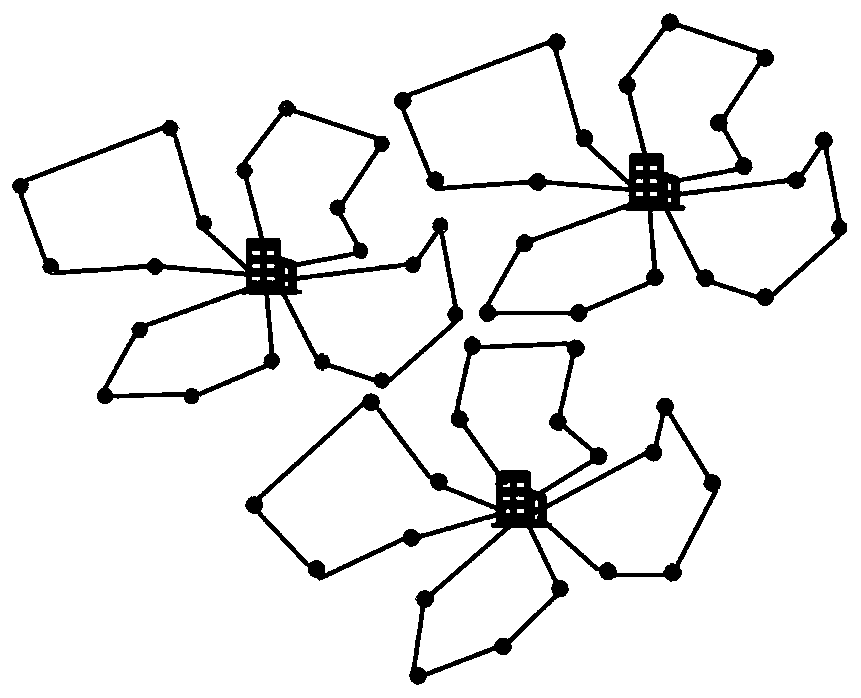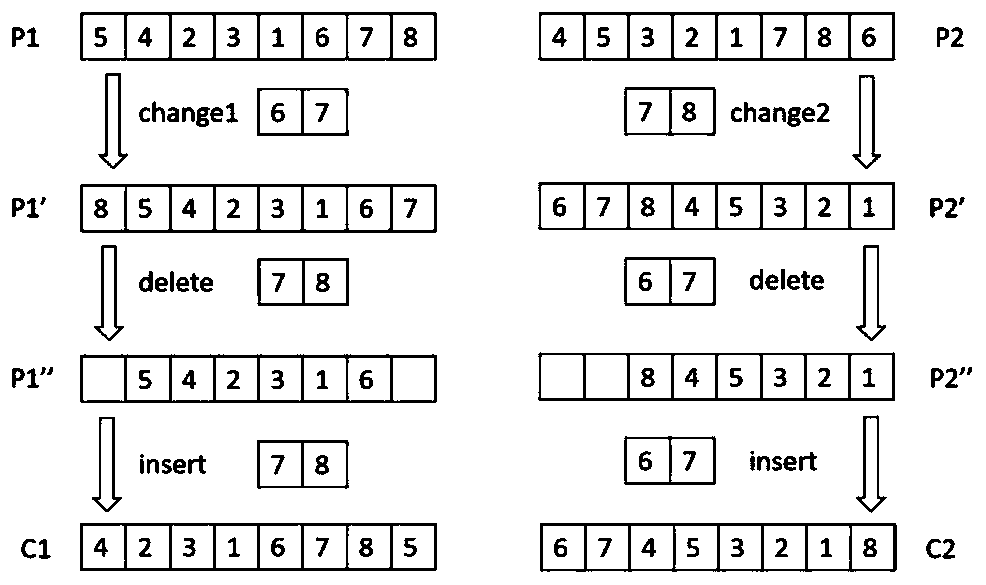Multi-recycle-station garbage collection and transportation method based on coevolution
A technology of co-evolution and garbage collection, applied in genetic models, genetic laws, instruments, etc., to speed up efficiency, improve the ability to solve high-dimensional problems, and expand the search range
- Summary
- Abstract
- Description
- Claims
- Application Information
AI Technical Summary
Problems solved by technology
Method used
Image
Examples
Embodiment Construction
[0042] 1. Problem description
[0043] The process of garbage collection and transportation includes three stages: in the first stage, residents generate garbage, sort it and throw it into the garbage can, and sanitation workers transport the garbage in the garbage can to the nearby garbage collection point. This is the process of garbage collection. In the second stage, larger-capacity garbage trucks collect and transfer the garbage from the garbage collection point to the garbage recycling station along the prescribed route to complete the garbage transfer process. In the third stage, the garbage is transported from the garbage recycling station to the garbage treatment plant or incineration plant to complete the final treatment process of the garbage.
[0044] This paper mainly focuses on the second stage, and studies the path from the garbage collection point to the garbage collection station. The problem of garbage collection and transportation with multiple recycling st...
PUM
 Login to View More
Login to View More Abstract
Description
Claims
Application Information
 Login to View More
Login to View More - R&D
- Intellectual Property
- Life Sciences
- Materials
- Tech Scout
- Unparalleled Data Quality
- Higher Quality Content
- 60% Fewer Hallucinations
Browse by: Latest US Patents, China's latest patents, Technical Efficacy Thesaurus, Application Domain, Technology Topic, Popular Technical Reports.
© 2025 PatSnap. All rights reserved.Legal|Privacy policy|Modern Slavery Act Transparency Statement|Sitemap|About US| Contact US: help@patsnap.com



